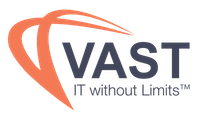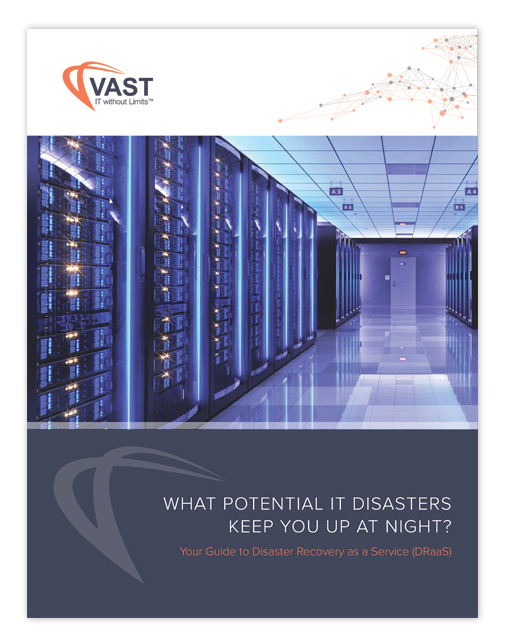Organizations can face substantial challenges when planning cloud migration. The decisions made during the planning phase often significantly affect the migration’s long-term success. Companies risk encountering unnecessary problems by engaging in a haphazard or unplanned migration.
Decision-makers should use every available method to facilitate their organization’s cloud migration planning. A well-developed plan must address the company’s requirements and the capabilities of cloud service providers (CSPs). Cloud discovery tools can be instrumental in supporting seamless migration planning.
Why is Cloud Migration Planning Essential?
Cloud migration planning is essential for a successful transition. Organizations must plan the migration for the following reasons.
- Defining goals and objectives – Planning the migration allows a company to define its goals. The organization can make better choices and decisions by thoroughly understanding the migration’s objectives. The lack of a viable business objective is a cause for postponing the move.
- Controlling costs – Costs can get out of control without a realistic migration plan. Businesses should engage in cost forecasting to ensure the migration aligns with budget availability. Companies can avoid expensive problems like overprovisioning with effective planning.
- Minimizing risk – Prospective cloud customers can minimize compatibility and technical challenges by planning the migration effectively. Inadequate planning risks extended outages and unexpected delays in performing the migration.
- Maintaining business operations – Companies must plan a methodical migration that minimizes the effect on business operations. Ideally, there should be no impacts on operations or customers.
- Ensuring data security and compliance – Organizations must plan cloud migration to focus on data security during and after the transition. They also must verify that the cloud infrastructure supports regulatory compliance for their sensitive data resources.
Two Vital Steps in Effective Migration Planning
Cloud migration planning involves several critical stages. Companies should follow best practices and incorporate two crucial steps into migration plans.
Discovery
Discovery is the initial phase of planning a cloud migration. Companies use the discovery stage to identify and analyze their existing infrastructure. The objective is to catalog all data, applications, and dependencies that may impact the transition. Discovery is typically done with automated tools and manual input to provide additional, contextual knowledge.
Discovery should include the following elements.
- Organizations should comprehensively inventory their physical infrastructure, including servers, virtual environments, and network components.
- Teams must map operating systems and applications to determine where they are running and how they are connected.
- Subject matter experts should identify and record all dependencies between infrastructure elements, like services and APIs.
- Security teams need to document current user access and permissions so they can be replicated in the new environment.
- Companies need to compile lists of all software licenses and regulatory standards that will be implemented in the cloud.
Discovery is critical in setting the foundation for migration planning. The benefits of discovery include:
- Identifying obsolete or redundant systems that are not appropriate for migration;
- Understanding application dependencies;
- Defining performance baselines to ensure correct cloud environment sizing;
- Developing a realistic and accurate migration timeline and cost estimate.
Assessment
The assessment phase of migration planning evaluates the assets identified during the discovery stage. Companies use the assessment to determine how to migrate the existing environment to the cloud. Assessment addresses the following objectives.
- Companies establish the cloud readiness of specific systems and applications. Teams decide if systems can be migrated by the lift-and-shift method or if they need to be refactored or replaced. Some infrastructure elements may not be suitable for migration and must be sunset or remain in an on-premises data center.
- The assessment results will help decision-makers select the appropriate cloud delivery model or models. Organizations often opt for a mix of IaaS, PaaS, and SaaS when replicating their current environment in the cloud.
- The assessment provides crucial information regarding the CPU, storage, and memory requirements to right-size the cloud environment. It also identifies dependencies that may impact the order in which components are migrated.
- Business leaders use assessment data to compare current and prospective cloud costs of supporting the IT environment to determine the financial implications of migration.
- Assessment identifies sensitive and regulated data that may require special handling during migration. Companies need to ensure the cloud environment meets regulatory compliance standards.
How do Cloud Discovery Tools Support Effective Migration Planning?
Cloud discovery tools assist companies in creating effective migration plans by automating the discovery process. Companies can eliminate potential oversights or human error. It may not be feasible for large and complex environments to be successfully evaluated for cloud migration using manual methods.
Decision-makers can obtain actionable information from a cloud discovery tool, including:
- A comprehensive inventory of all infrastructure components and workloads;
- Cloud readiness of specific infrastructure elements and applications;
- Proper delivery model for systems and applications;
- Dependency mapping to avoid disrupting workflows during migration;
- Usage analytics to help with right-sizing the new environment;
- Cost estimates and comparisons between on-premises and cloud solutions.
VAST View: A Comprehensive Cloud Discovery and Management Solution
VAST View is our solution to help your business plan and execute a successful cloud migration. The software platform provides the detailed discovery and assessment information your company needs to make intelligent and successful migration plans.
VAST View offers customers pivotal cloud discovery and assessment deliverables, including:
- Infrastructure and application discovery to discover all workloads in the environment;
- Inventory analysis of hardware and network performance to right-size migration;
- Performance metrics such as daily memory, CPU, and storage usage;
- Cloud readiness to determine the suitability of components for migration;
- Application inventory with recommendations for migration to PaaS or Saas solutions;
- Delivery modeling to determine the most efficient public cloud solution;
- Remediation scoring to identify assets that need to be modified or refactored before migration;
- Software reports to identify all software running in the current environment;
- Financial analysis comparing the total cost of ownership versus maintaining a private infrastructure.
VAST View also provides planning deliverables that enable companies to build a viable migration plan and roadmap. The tool is designed to migrate your infrastructure successfully and manage the new environment to obtain the maximum value from the cloud.
Contact VAST and let our experts and advanced cloud discovery solution help you migrate to the public cloud, optimize your IT budget, and improve operational efficiency.



